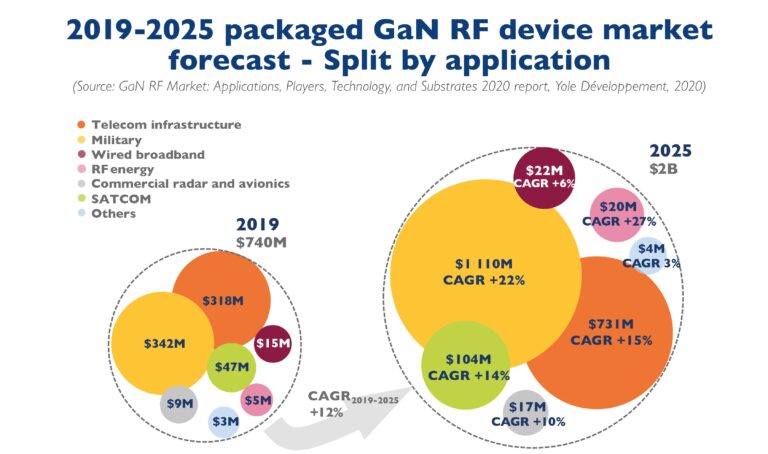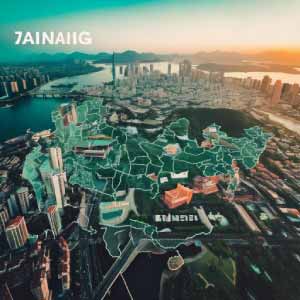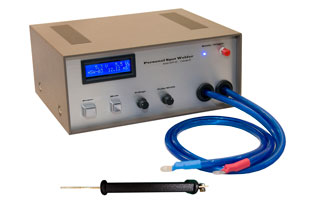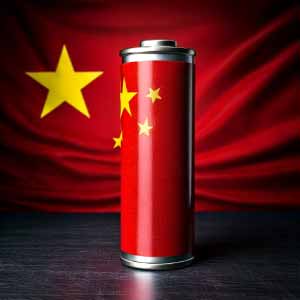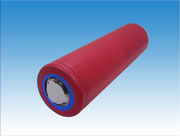BYD Company Limited Detailed Research Report ,Manufacturing Overview (Factories and Capacity)1
■ Domestic Factories (China): BYD has established an extensive network of battery manufacturing bases across China.
As of the early 2020s, the company had built or planned 11 battery production sites in China, including locations in Shenzhen and Huizhou (Guangdong Province), Xi’an (Shaanxi), Xining (Qinghai), Guiyang (Guizhou), Chongqing (Bishan District), Changsha (Hunan), Bengbu (Anhui), Jinan (Shandong), and Changchun (Jilin).
These bases collectively involve more than 200 GWh/year of planned battery production capacity.
BYD’s strategy is to regionalize production within China to be close to its car assembly plants and tap local resources/talent. Notable facilities include:
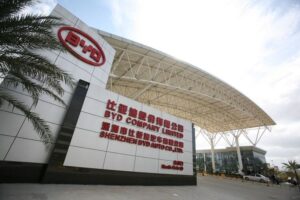
- Chongqing FinDreams Battery Factory (Bishan): BYD’s first dedicated Blade Battery gigafactory. It received about RMB 10–18 billion in investment and has an annual capacity of 20 GWh of LFP Blade Batteries.
The Chongqing plant is renowned for its high-tech manufacturing environment – it uses BYD’s self-developed production equipment and operates under stringent clean-room conditions akin to semiconductor or LCD manufacturing. For example, within one cubic meter of the core production area, dust particles >5 microns are kept below 29 in count, and humidity is maintained under 1% (with critical process humidity at just 0.05%).
Temperature is held constant at 25°C. These measures are described as the “necessary foundation” for the Blade Battery’s quality and safety.
The factory also boasts world-class precision and automation: electrode sheets nearly one meter long are laminated with ±0.3 mm tolerance at 0.3 seconds per piece, an industry-first achieved through BYD’s in-house equipment innovation.
Such capabilities highlight BYD’s commitment to manufacturing excellence. - Xi’an Battery Plant (Shaanxi): Another major base, often cited with a planned 20 GWh annual capacity. Xi’an is one of BYD’s largest auto production hubs, and the battery plant there was reported to reach full production in late 2021.
It supports BYD’s vehicle factories in northwestern China. - Wenzhou Battery Base (Zhejiang): A new project under construction (groundbreaking in late 2022) with 20 GWh/year planned capacity. The Wenzhou plant involves RMB 6.5 billion investment and expected partial operation in 2024.
BYD hinted that this base will produce batteries using one of the latest technologies available (specific chemistry not officially disclosed, possibly LFP or sodium-ion). - Changchun FAW-BYD Battery Joint Venture: In cooperation with FAW Group, BYD’s FinDreams built a factory in Changchun (Jilin Province) to supply batteries to FAW’s EV models. Initial capacity is around 15 GWh/year.
This is part of BYD’s strategy to partner with other automakers for battery supply.
Other sites like Jinan (30 GWh planned) and Guiyang have been in development, ensuring BYD can scale output rapidly. By 2024, BYD’s total actual battery production capacity in China is likely in the hundreds of GWh.
In fact, BYD’s global battery installations in 2024 amounted to ~154 GWh, reflecting the utilization of many of these domestic factories. The company continues to invest in new lines and plant expansions to meet growing demand.
■ Overseas Factories: BYD is increasingly establishing manufacturing footprints abroad, primarily to assemble vehicles and avoid trade barriers, with battery assembly as a component of those operations. As of 2024, BYD does not yet mass-produce battery cells outside China, but it is including battery pack assembly in overseas vehicle plants:
- Thailand (Rayong EV Plant): In July 2024, BYD opened its first overseas car plant in Rayong, Thailand – also the first EV factory in Southeast Asia for BYD.
This $490 million facility can produce up to 150,000 vehicles per year (including right-hand-drive EVs and plug-in hybrids).
The plant serves as a production hub for ASEAN markets and beyond. Importantly, BYD is localizing key components there: “We will also assemble batteries and other important parts here,” said BYD’s Asia-Pacific GM, indicating the factory includes battery pack assembly lines on-site.
Cells are likely imported from China and then integrated into packs in Thailand. This local assembly helps BYD mitigate tariffs and meet local content rules. Thailand has warmly welcomed Chinese EV investments with incentives, and BYD rapidly gained a 46% share of Thailand’s EV market in Q1 2024. - Europe (Hungary and Turkey): BYD is in the process of building its first European production bases. A factory in Hungary is under construction (targeting production start by late 2025) and another in Turkey is planned to come online by 2026.
Combined, these two plants will have a capacity of about 500,000 cars per year when fully operational. They will produce EVs and PHEVs for the European market, and are BYD’s answer to the high tariffs the EU imposes on China-made EV imports (up to 10–27% tariffs, with an additional proposed anti-subsidy tariff of up to 38%).
BYD’s EVs exported from China currently face ~17% EU duties, so localizing production is key to remain price-competitive. While details on battery production in these European plants are not fully disclosed, it is expected that BYD will at least assemble battery packs locally (if not eventually build cells) to increase local value-add. There are reports that BYD is considering a third European plant, possibly in Germany, to further expand capacity and brand presence.
However, internal discussions weigh the high labor and energy costs in Germany against other considerations, and Chinese authorities have advised caution investing in countries supportive of EU tariffs.
No final decision has been made yet, but Western Europe (Germany or another “pro-EV” country) remains a potential site if BYD’s European sales continue to surge. - Other Regions: In the Americas, BYD has operated an electric bus assembly plant in Lancaster, California since 2013, producing e-buses for U.S. transit agencies.
This facility sources BYD battery packs (LFP) shipped from China for installation in buses. Due to U.S. policy (e.g. IRA requirements and restrictions on Chinese batteries), BYD’s direct expansion in the U.S. passenger car market is currently on hold. Instead, BYD is focusing on markets with more open conditions, such as Latin America.
BYD has become a top EV seller in countries like Brazil, Colombia, and Chile, and it’s possible the company might consider local assembly there in the future as volumes grow. Likewise, BYD and its partners have eyed India and other South Asian markets for potential assembly plants, though plans have not materialized yet.
In summary, BYD’s manufacturing strategy involves maintaining a strong production base in China (to leverage economies of scale and the local supply chain), while selectively setting up overseas facilities for vehicle assembly and potentially battery pack assembly.
This approach helps it tackle tariffs and better serve local markets. As a result, BYD can ramp up global output quickly: the company is reportedly prepared to scale to 5–6 million vehicle sales in 2025 (as hinted by guidance of 3–3.6 million in the first half), and its expanding factory network is a cornerstone of this growth plan.


